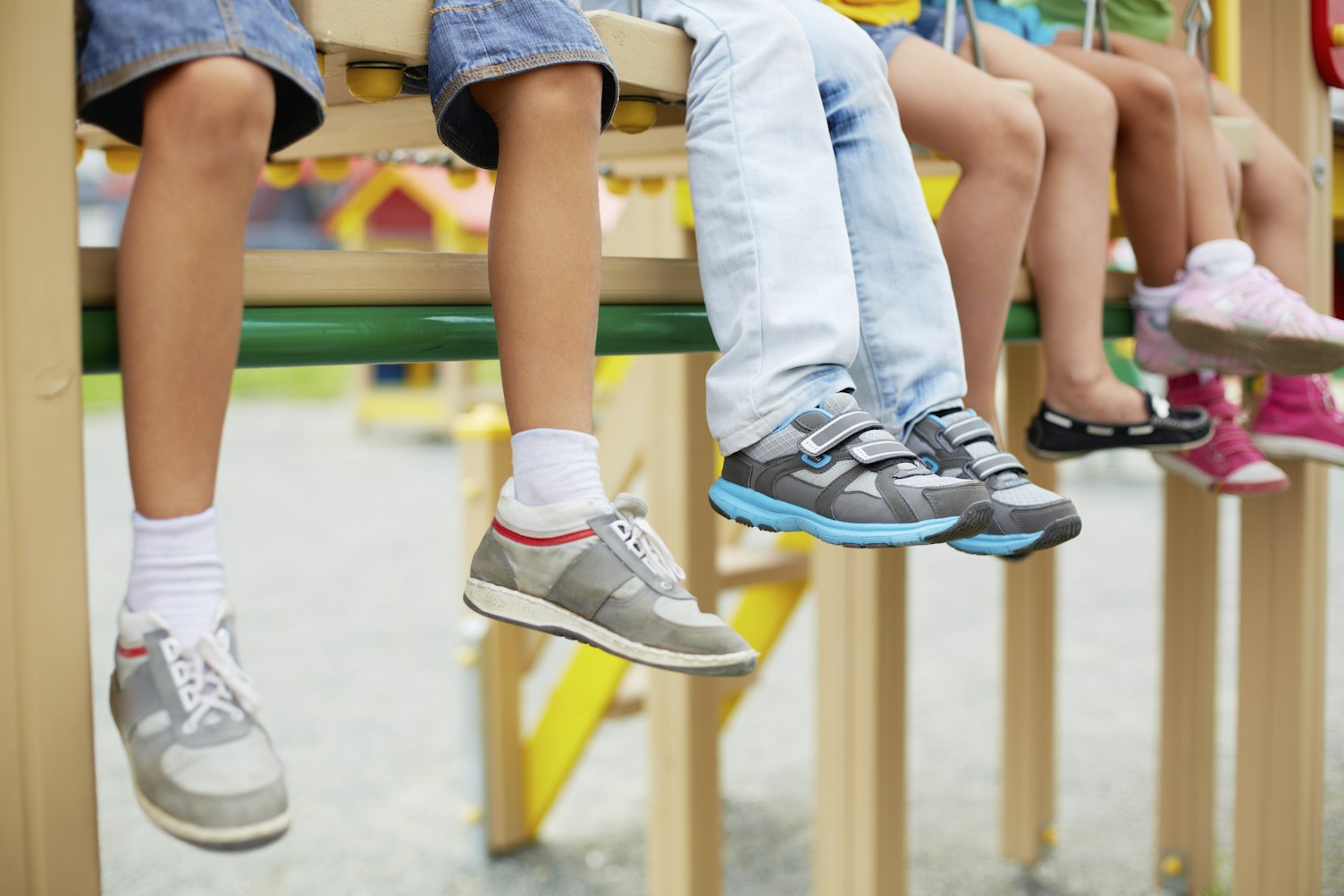
QB/T 4331-2021 <children’s> was released December 2, 2021 and officially implemented April 1, 2022.</children’s>
On December 2, 2021, the Ministry of Industry and Information Technology of the People’s Republic of China (PRC) issued Children’s athletic shoes product standard QB/T 4331-2021 which became effective April 1, 2022. QB/T 4331-2021 replaces the previous edition, QB/T 4331-2012.
The new standard applies to the production, inspection and sale of children's and infants’ athletic shoes for general use.
Main Technical Changes
Revisions to QB/T 4331-2021 include:
- Normative references
- Definitions of ‘infants’ athletic shoes’ and ‘children’s athletic shoes’
- ‘Appearance quality’ requirement
- ‘Peeling strength of upper-sole or sidewall-upper’ requirement and test method
- ‘Hardness of outsole’ requirement and test method
- ‘Fatigue resistance performance of touch and close fasteners’ requirement
- ‘Abrasion resistance of outsole’ test method
- ‘Outsole and midsole adhesion strength’ test method
Additions include:
- Requirement for the width of the cutting edge during the upper-sole peeling strength or sidewall-upper peeling strength test
Deletions include:
- Terms and definitions of ‘low upper footwear’
- The requirements of ‘general requirements’ retaining the requirements for ‘marking’ in from the 2012 edition’
- The ‘safety performance’ requirement
- Annex C of ‘products may trigger risk factors during design, production and use’
- The test methods for ‘odor’, ‘the banned azo colorants in textile’, ‘the banned azo colorants in leather’, ‘formaldehyde in textile’, ‘formaldehyde in leather’, ‘total heavy metal content’
- The ‘inspection items’
- Annex A, the ‘azo dyes list’
Main technical requirements of QB/T 4331-2021 <Children's athletic shoes> | |||
|---|---|---|---|
No. | Item | Test Method | Requirement |
| 1 | Appearance quality | GB/T 3903.5 | Comply with QB/T 4331-2021, 5.2, table1 |
| 2 | Peeling strength of upper-sole or sidewall-upper | GB/T 3903.3 | Peeling strength of upper-sole: ≥ 40 N/cm If the material is torn and the adhesive film is still bonded during the peeling test: ≥ 20 N/cm Or Peeling strength of sidewall-upper ≥ 60 N/cm If the material is torn and the adhesive film is still bonded during the peeling test: ≥ 20 N/cm |
| 3 | Flexing resistance of whole shoe | GB/T 3903.1 | Comply with QB/T 4331-2021, 5.3.2, table2 |
| 4 | Abrasion resistance of outsole | GB/T 3903.2 | ≤ 14.0 mm |
| 5 | Low-temperature flexing resistance of upper materials | QB/T 2224 | Comply with QB/T 2224 |
| 6 | Color fastness to rubbing of lining and insock | QB/T 2882-2007, Method A | Staining grade ≥ 2-3 |
| 7 | Hardness of outsole | GB/T 3903.4 | Solid outsole: ≥ 40 Shore A Cellular outsole: ≥ 40 Shore C |
| 8 | Outsole and midsole adhesion strength | GB/T 21396 | ≥ 18 N/cm If the microcellular material is torn and the adhesive film is still bonded, the adhesion strength: ≥ 13 N/cm |
| 9 | Fatigue resistance performance of touch and close fasteners | Peel strength: GB/T 3903.20 Shear strength: GB/T 3903.21 | Comply with QB/T 4331-2021, 5.3.8, table 3 |
Details of The Technical Content
For more information, please refer to the standard QB/T 4331-2021 <Children’s athletic shoes> or contact SGS directly.
China’s GB national standards set requirements for product quality, safety and performance. SGS Global Softlines’ global network, including 10 laboratories in China, offers a wide range of CNAS and CMA accredited services for textiles, apparel, footwear and accessories to help your company demonstrate compliance with Chinese requirements. In the end, it’s only trusted because it’s tested. Contact us for more information or visit our website.
For inquiries, please contact:
Louann Spirito
Consumer and Retail — Softlines
US & Canada Softlines Business Head
t: +1 973 461 7919
© SGS Group Management SA - 2022 - All rights reserved - SGS is a registered trademark of SGS Group Management SA. This is a publication of SGS, except for 3rd parties’ contents submitted or licensed for use by SGS. SGS neither endorses nor disapproves said 3rd parties contents. This publication is intended to provide technical information and shall not be considered an exhaustive treatment of any subject treated. It is strictly educational and does not replace any legal requirements or applicable regulations. It is not intended to constitute consulting or professional advice. The information contained herein is provided “as is” and SGS does not warrant that it will be error-free or will meet any particular criteria of performance or quality. Do not quote or refer any information herein without SGS’s prior written consent.



